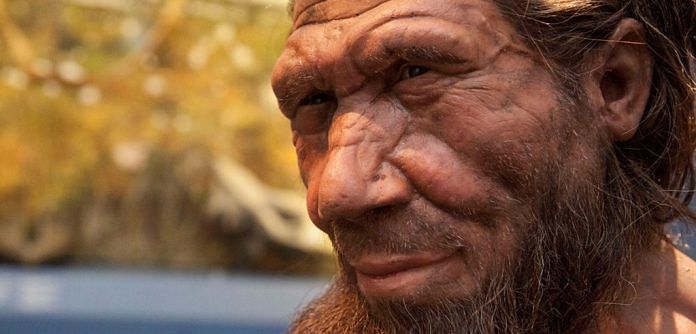Reporting science has become more mainstream in media around the world and India is also catching up quickly. But latest scientific research is published in a variety of journals, making it hard for readers to keep track. What’s harder is understanding the crux of a scientific finding with the relevant context and without misinterpretation. We at ThePrint focus on covering science news in India, but want our readers to be updated on the latest global findings as well.
ScientiFix, our weekly feature, will offer you a summary of the top global science stories of the week, with links to the best sources to read them. It’s your fix to stay on top of the latest in science.
Neanderthals gave us genetic defences
As humans moved out of Africa 70,000 years ago, they encountered new viruses and diseases that they were vulnerable to. Over the course of time, thanks to interbreeding with Neanderthals, the human DNA got encoded with defence mechanisms inherited from them, serving the humans well. This is not a simple mechanism of unleashing anti-bodies. The Neanderthal defences specifically allow for proteins in our bodies to change shape to prevent viruses from replicating. Read The New York Times story for more.
Also read: Your face scrub is killing not just marine life, but also birds and insects
A common bacteria that’s more extraordinary than known earlier
Around 3.8 billion years ago, Cyanobacteria figured out how to use sunlight and convert it to energy, producing oxygen in the process that turned this earth habitable. We always expect to find them at the surface of the planet or in places that have access to sunlight. Turns out, deep under the ground, they adapted to utilise hydrogen instead of sunlight to perform the same function. Researchers have previously found that they could also use infrared light to produce oxygen. All of these signal exciting possibilities, increasing the odds of extraterrestrial life. Space.com details the findings.
Astronomers find a new body in solar system, and a surprising one outside
There are a number of icy bodies that orbit the sun far beyond Neptune and the region called Kuiper belt, and in the part of the solar system called the Oort Cloud. One of those bodies appears to be another case of possessing a distorted orbit, lending support to the theory that an undiscovered 9th planet is out there. We’ve also found what is possibly the very first moon outside our solar system. Fantastically, it is the size of Neptune! Read ThePrint reports about the minor planet and the exomoon.
Sexism and the Nobel Prizes
The science Nobel prizes were all announced this week, and they included two female winners. One of the two, Donna Strickland shared her Physics Nobel win for her work on lasers. Upon Googling her, people discovered that she did not have a Wikipedia page. Strickland’s win brought to light how women in science are covered both by the media and Wikipedia, which runs on a strict citation based policy. The Atlantic has a piece on Strickland, Wikipedia and sexism in the Nobel Prize.
Also read: This is how plants communicate danger, and it’s trippy



